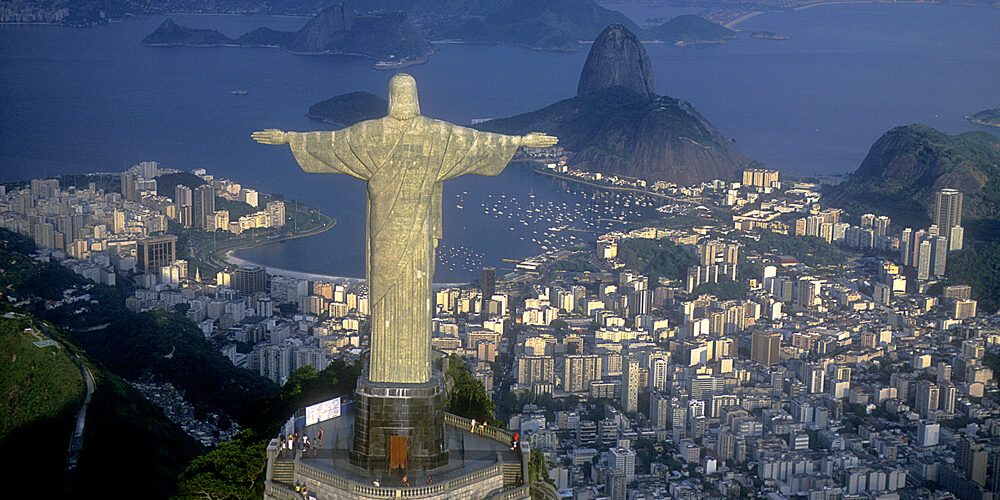Case study: Rio de Janeiro

Rio de Janeiro, the second largest city in Brazil, is a dynamic city, but, like most large cities in the world, its development faces significant difficulties, such as: high crime, outdated infrastructure, poorly developed social services.
It is highly exposed to floods and landslides caused by the surrounding mountainous areas, all of which tend to be exacerbated by changing global climate conditions. The slums that surround the city are mostly built along the hills that divide the city, being the most affected by natural disasters.
To solve these problems, IBM established an operations center in the city that coordinates the activities of more than 300 municipal agencies and departments, as well as the activities of private public transport companies or other public services (sanitation, social services, etc.), integrating them into a single command and control system.
The center uses software to analyze sea levels and weather changes, predicting the risk of flooding and possible areas two days in advance. This information helps municipalities to properly allocate support, ambulance and rescue teams to get closer to citizens and their needs. Citizens also have free access to cameras to be able to monitor the evolution of phenomena that could endanger them.


